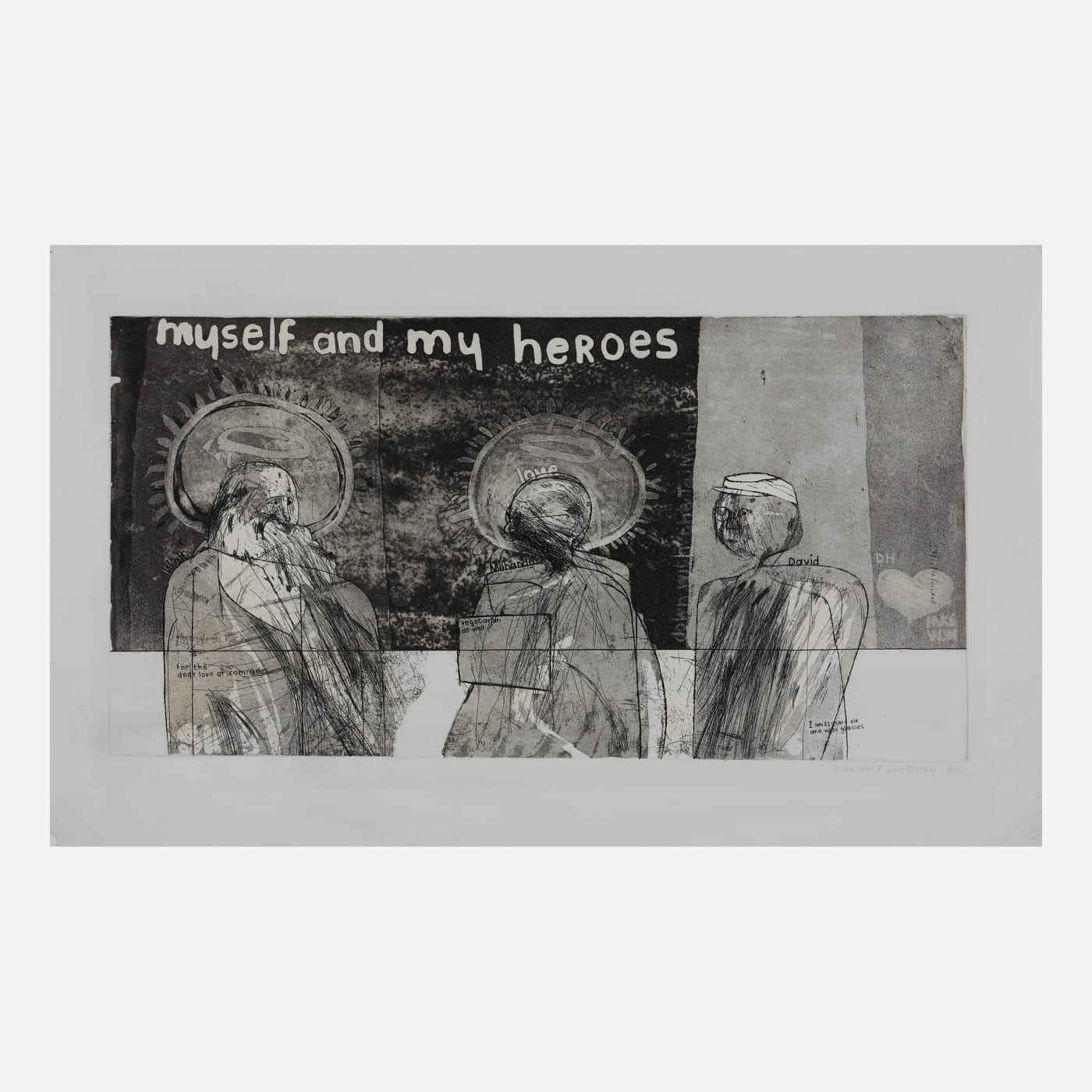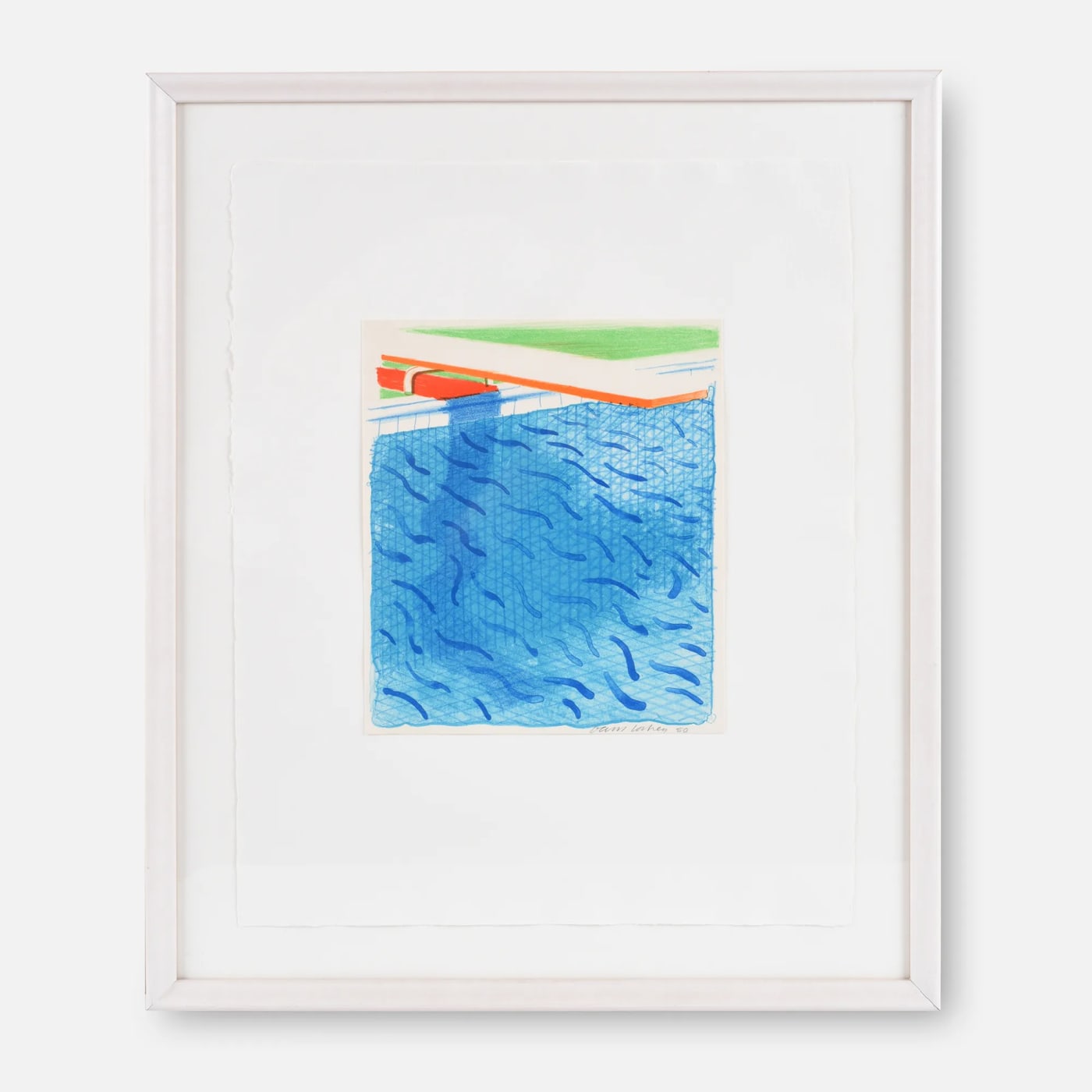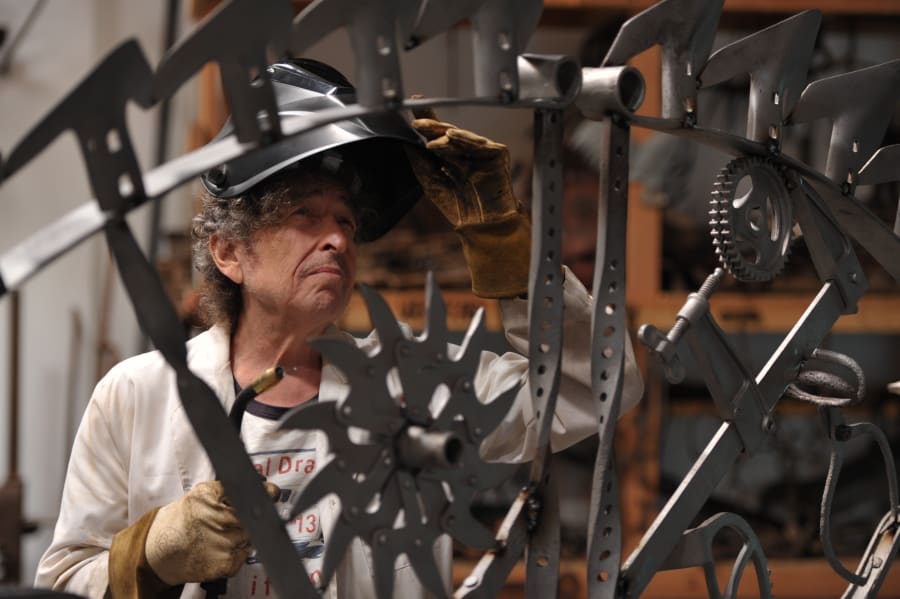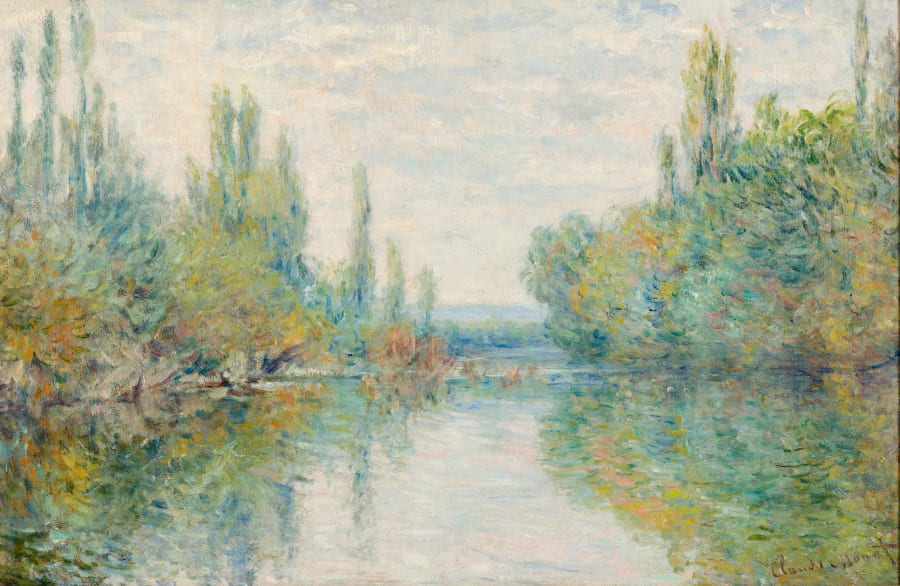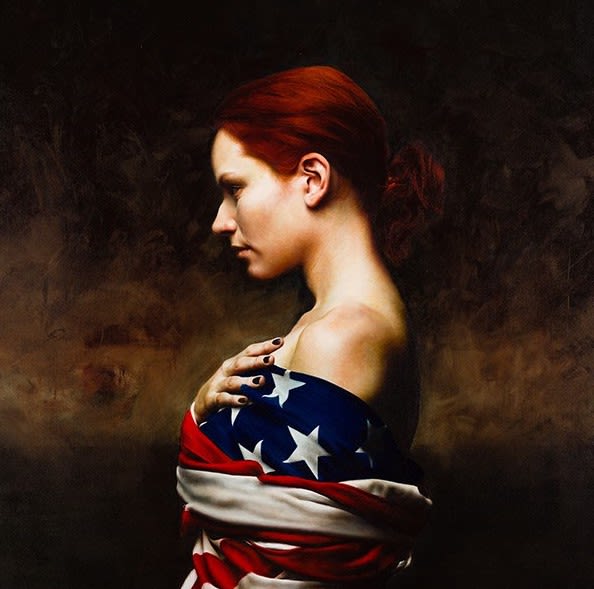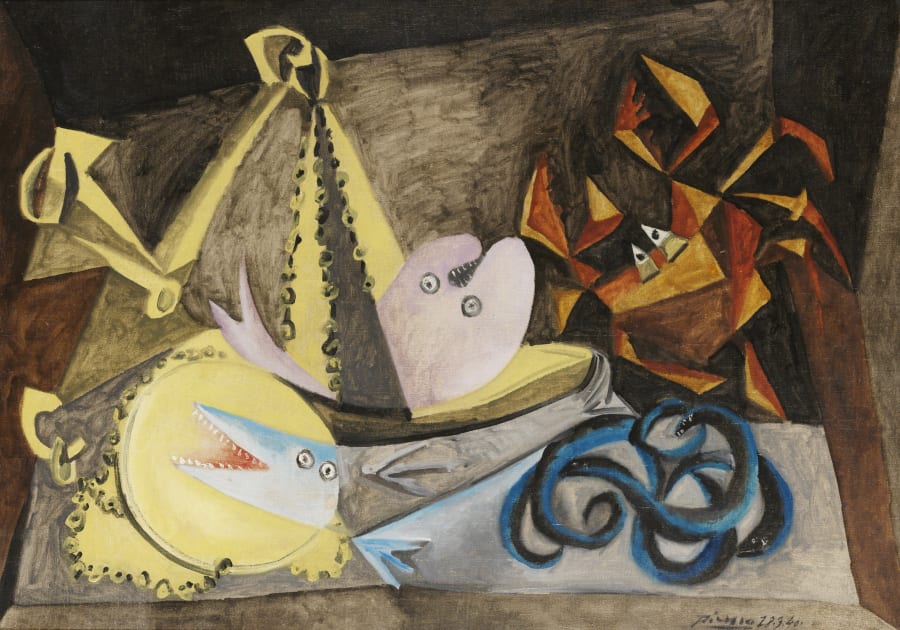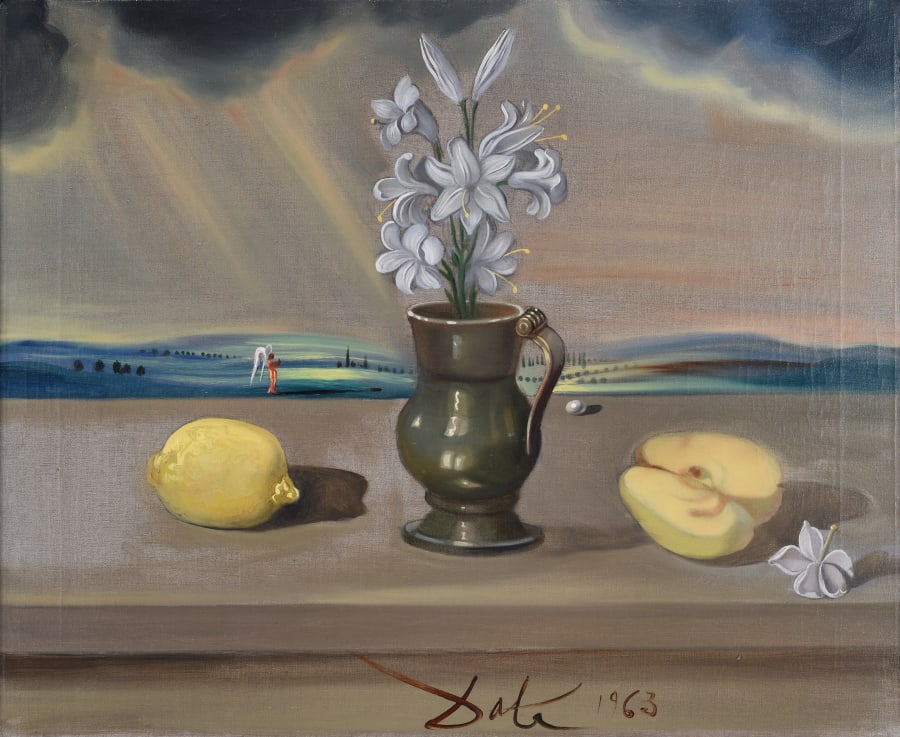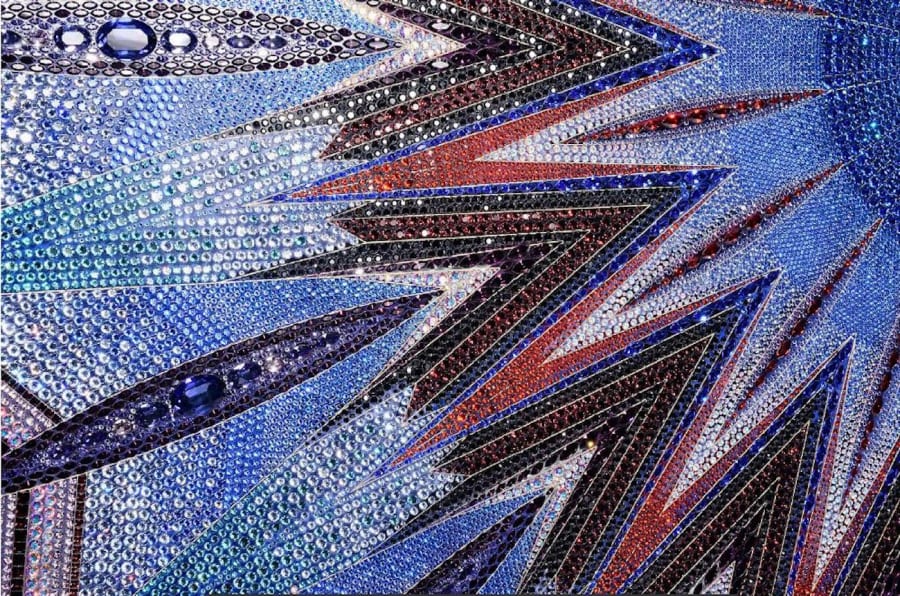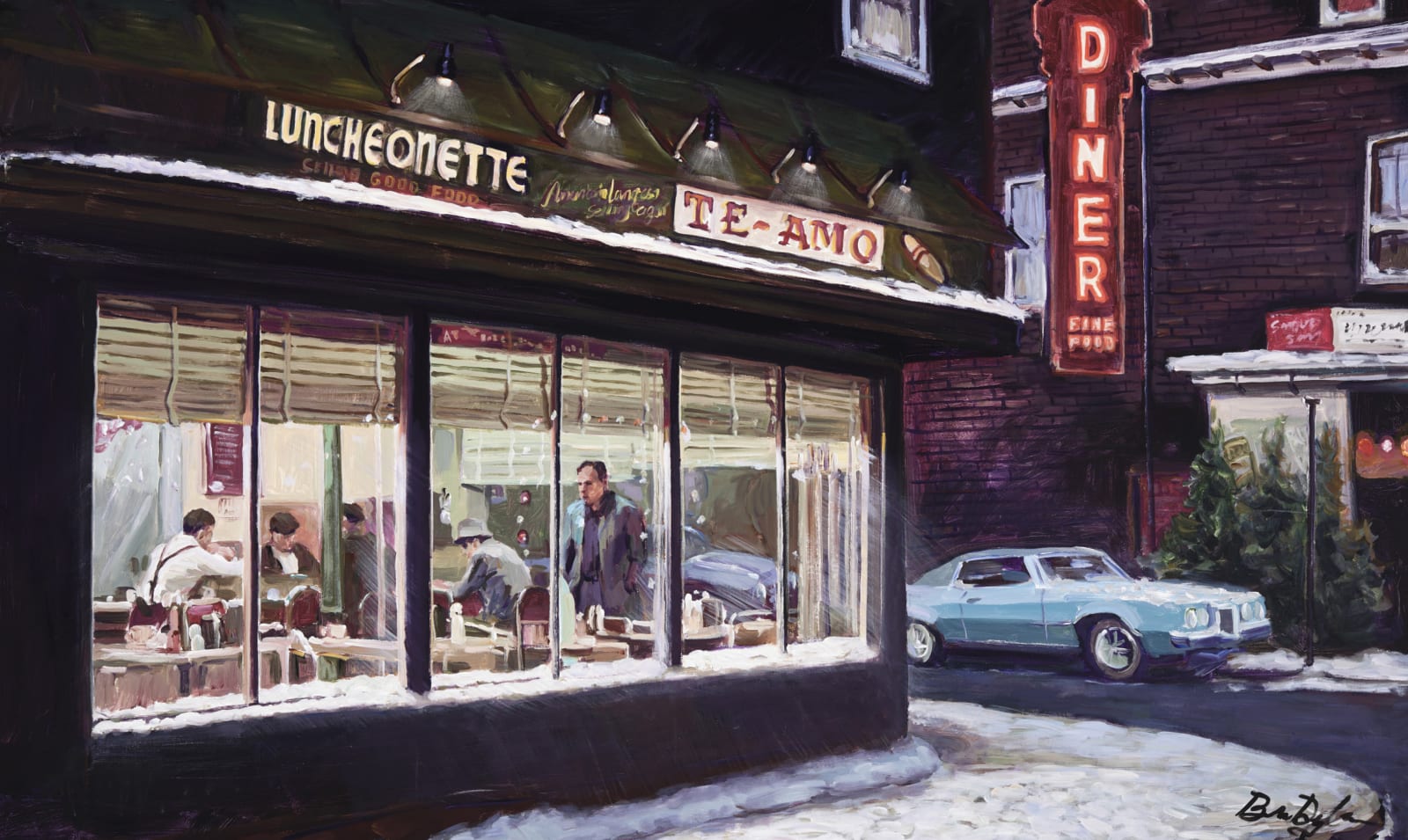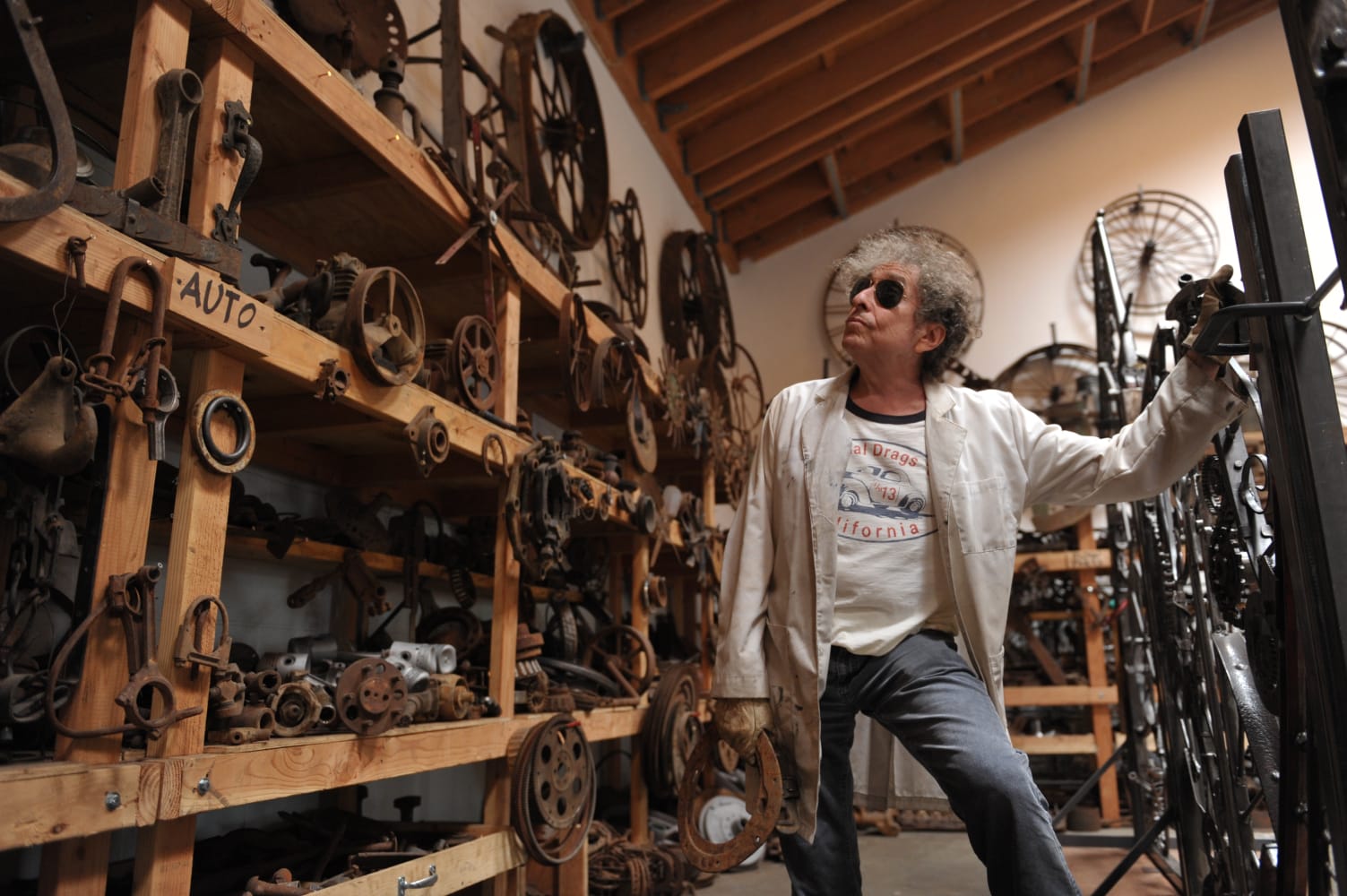

Dancing Lines
David Hockney’s swimming pools, known for their vibrant colours and dynamic forms, explore the challenge of capturing water’s fluidity and light. Featured in the David Hockney: Living in Colour exhibition, these pieces reflect his transformative move to Los Angeles in the 1960s.
If you are interested in adding to your collection speak to an art consultant today - info@halcyongallery.com

1. Hockney started depicting pools after moving to California in the 1960s.
Sun-drenched California was a world apart from Hockney’s hometown of Bradford in West Yorkshire. He originally travelled to Los Angeles with the intention of staying for just six months but ended up settling there, buying a house in the Hollywood Hills. Hockney became accustomed to the panoramic vistas seen from Mulholland drive – a midway point of his commute from his home to his studio on Santa Monica Boulevard.
Hockney’s representations of California, particularly in the 1960s and 1970s, became synonymous with swimming pools; two of his most renowned paintings: A Bigger Splash (1967) and Portrait of An Artist (Pool with Two Figures) (1972) affirm this association. In all his works that depict Los Angeles, Hockney presents an idealised view of the city, with the swimming pool being the ultimate symbol of hedonism and luxury. His pools represent freedom and liberation; the swimming pools embody the dichotomies of surface and depth, transparency and distortion.

3. Hockney experimented with mediums in his depiction of swimming pools.
One of Hockney’s most significant experiments came was with his Paper Pools series. Inspired by a visit to the studio of master printmaker Ken Tyler in New York, he began exploring the potential of paper pulp. This three-dimensional medium allowed him to engage with the fluidity of water in ways that traditional painting and printmaking could not. As he worked with the material, Hockney appreciated how its texture and depth could physically mimic the movement and undulations of the water he loved to paint, offering a more tactile, sculptural interpretation of the pool’s surface.
Hockney’s lithographs, which often depicted the rippling patterns of water, evolved over time into a dynamic exploration of movement. Though limited to two-dimensional format, this challenge excited Hockney as he had to engage with more technical processes of drawing, designing and shading to create his effects. The swirling lines and undulating forms he created on paper captured the rhythm of water, giving his works an energy that felt alive.
In 1988, Hockney took these experiments further by decorating his own outdoor pool in Los Angeles with the distinctive curved lines from his lithographs, turning the space into an immersive work of art. By that time, his pool designs had become instantly recognizable, and Hockney was invited to replicate them on the pool at the Hollywood Roosevelt Hotel. This project marked the fusion of Hockney’s artistic vision with the cultural fabric of Los Angeles, transforming the pool into a public, interactive artwork.


